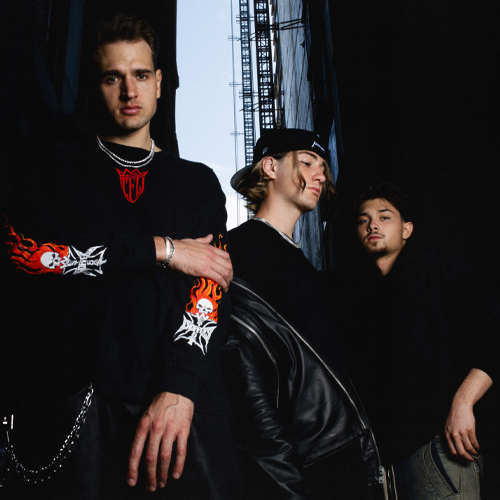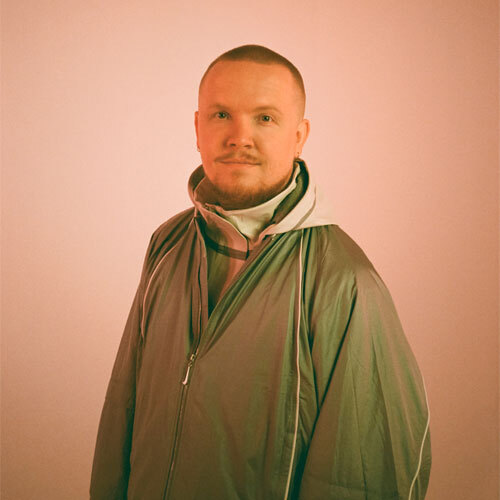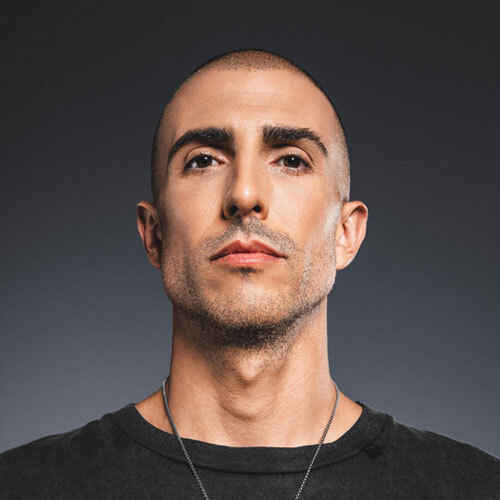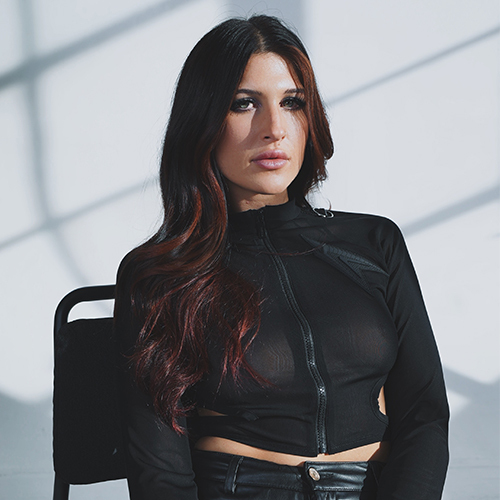
Green Velvet
Curtis Alan Jones, best known as Green Velvet, is a legendary figure in Chicago house music. His career has been defined by constant change and a knack for exploring different genres and themes, from serious topics to comedic ones. Despite his transformations, the core of his music has always been the Chicago house sound.
Jones's journey began when he left a chemical engineering program at UC-Berkeley to pursue music full-time. Influenced by his father, a part-time DJ, he launched his career under the name Cajmere. In 1991, he founded his label, Cajual, and released the 'Underground Goodies EP' followed by the hit track 'Coffeepot (It’s Time for the Percolator)' in 1992.
Never one to stick to a single sound, he later partnered with vocalist Dajae for the more mellow house tune 'Brighter Days'. This partnership marked a shift, as he wouldn't collaborate with a female vocalist again until his recent work with rapper Kid Sister.
In the years that followed, Jones adopted the persona of Green Velvet, known for his techno-oriented music and Day-Glo wig. He also started his second label, Relief. As Green Velvet, he became a champion of new wave Chicago beats, with hits like 'Preacher Man,' 'Flash' (a #1 U.S. dance hit in 1995), and the comedic 'Answering Machine' from 1997. He ended the decade with his first album, 'Constant Chaos' in 1999.
The new millennium saw him release the compilation album Green Velvet and the production album 'Whatever' on Relief. The punk-inspired 'Whatever' delved into darker themes such as racism, drug use, and alienation, and featured his biggest-selling track to date, 'La La Land'. His live show also expanded, with him playing a keytar alongside two other musicians.
Green Velvet's popularity soared in Europe, where he became a fan favorite, playing to massive crowds at festivals. In 2005, he released his third album, 'Walk In Love,' which blended house with pop and punk influences.
The ongoing evolution of Curtis Alan Jones's music and career continues to captivate his many fans.













